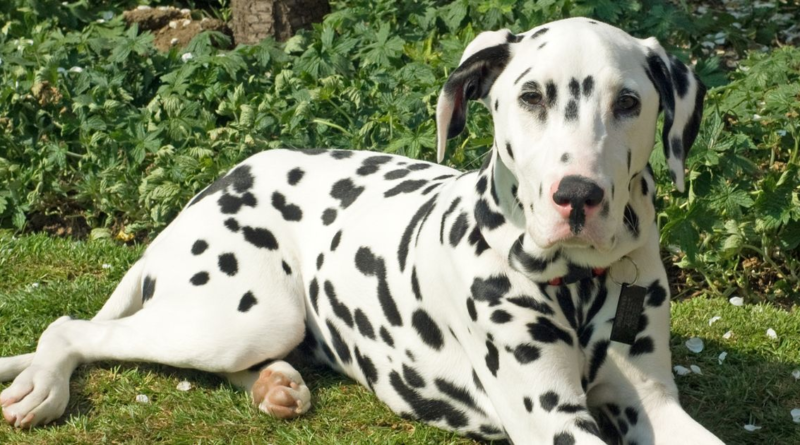People are only just realising baffling reason why Dalmatians have spots – The Mirror
Almost half a million pounds has now been dedicated to investigating the mystery of a Dalmatian’s spots which has baffled scientists and the internet for a very long time
Scientists are unveiling the real reason why Dalmatians have spots – and it'll no doubt blow your mind.
Cruella de Vil and One Hundred and One Dalmatians has certainly made these spotty dogs a favourite among pup lovers. But have you ever wondered what gives them their iconic pattern?
Breeding differences, genes and sheer luck have been among the theories posted by Reddit users over the years, but now, experts are one step closer to finally getting this right. Believe it or not, almost half a million pounds has now been dedicated to investigating the topic and closing the Dalmatian mystery once and for all.
Lead researcher, Dr Richard Mort of Lancaster University, explained: "The impact of human selective breeding has resulted in some striking pigmentation in domestic animals. Dalmatians, with their characteristic spotting patterns, have long fascinated breeders, geneticists, and developmental biologists."
Although a Dalmatian's pattern has long been a source of intrigue, scientists believe it's all down to pigmentation. This simply refers to the reaction between skin, hair and cells known as 'melanocytes', which produce a colouring effect.
For context, all humans have the same number of melanocytes but the amount of melanin produced by each varies from person-to-person. Those with darker hair, skin and eyes are more likely to have a lot of melanin compared to someone with lighter features.
Anyone with freckles may be born with clusters of melanocytes too, according to Cleveland Clinic, while vitiligo – a condition in which pale white patches develop on the skin – is triggered by a lack of melanin.
In animals, stripes, spots and patches can form due to this bizarre melanocyte effect, with a Dalmatian's pattern largely made up of 'melanocyte-populated hairs' on a coat that's completely absent of these cells.
Both Lancaster University and the University of Bath are seeking to understand more about why this is, in their four-year 'Spot the Difference' project. This will involve building a complex model to figure out how every single spot is born.
"While recent advances have identified the probable genetic loci associated with Dalmatian spots, the underlying molecular and developmental mechanisms that generate these patterns are still poorly understood," said Dr Barbara Shih at Lancaster University.
Have you got a story to tell? Get in touch, at lauren.haughey@reachplc.com
Calling all dog lovers! Sign up to TeamDogs for your weekly dose of dog news, pictures and stories.




